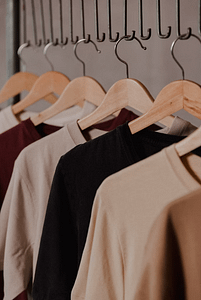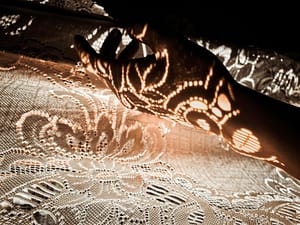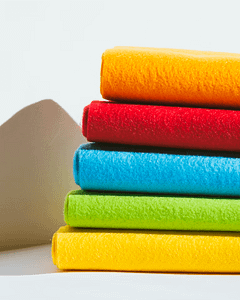Introduction
Cupro fabric might not be a household name, but within the fashion industry, it’s a prized material for its silky feel, sustainability, and high-end appeal. Often used in linings and luxurious garments, this semi-synthetic fiber offers a unique blend of comfort, elegance, and eco-consciousness. As brands seek alternatives to silk and polyester, Cupro is quietly rising as a sophisticated and responsible choice for modern textiles.
Origins of Cupro Fabric
Cupro, short for cuprammonium rayon, was first developed in the early 20th century as a silk substitute. It is made from cotton linter—tiny, silky fibers that cling to cotton seeds and are typically discarded. European and Japanese innovators pioneered the process of dissolving these fibers in a copper-ammonia solution to create a smooth, regenerated cellulose fiber.
Japan quickly became a leader in Cupro production, especially through the textile company Asahi Kasei, which introduced the now-famous “Bemberg” brand. Over time, Cupro has evolved from a niche lining material to a fabric that embodies both technical innovation and refined luxury.
What Is Cupro Fabric?
Cupro is a regenerated cellulose fabric made from cotton linter—the fine, silky fibers left behind after cotton is ginned. These otherwise discarded fibers are processed using a copper-ammonia solvent, resulting in a soft, breathable, and smooth textile that resembles silk in both texture and drape.
Although technically a semi-synthetic fiber, Cupro is often celebrated for its natural origins and eco-friendly production when manufactured under closed-loop systems. It combines the best traits of natural and synthetic fabrics, making it ideal for high-end fashion, linings, dresses, and blouses where fluidity and elegance are desired.
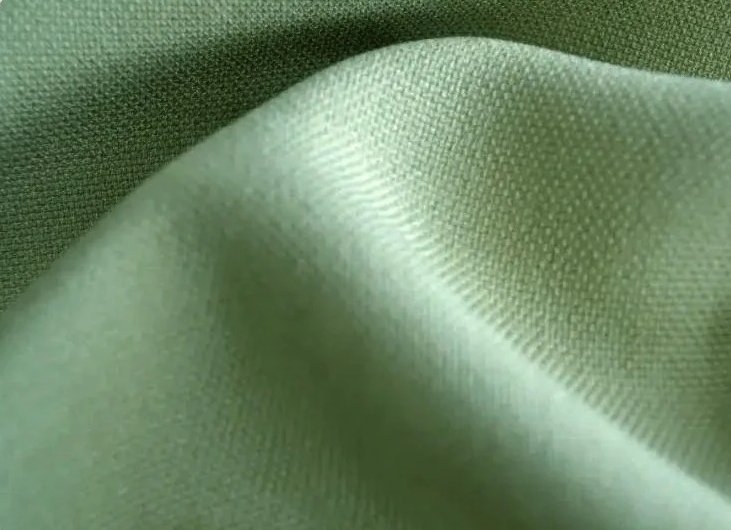
Key Characteristics of Cupro Fabric
Cupro fabric is prized for a unique set of qualities that make it both luxurious and functional:
- Silky Texture: Cupro has a smooth, soft hand feel, often compared to silk.
- Breathable: Unlike many synthetic alternatives, it allows air to pass through, making it comfortable for warm-weather wear.
- Drapability: It hangs beautifully and flows with movement, ideal for elegant silhouettes.
- Hypoallergenic: Its natural cotton base makes it gentle on sensitive skin.
- Anti-static: Cupro resists static cling better than many synthetic fabrics.
- Moisture-absorbent: It absorbs moisture well, keeping the wearer cool and dry.
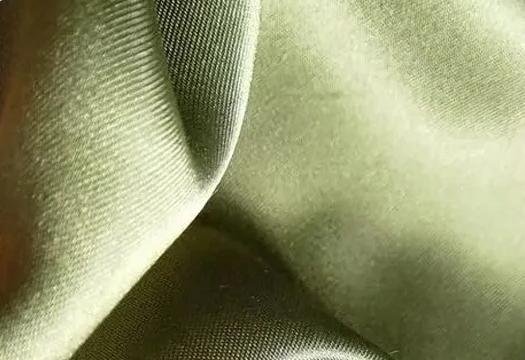
Production Process of Cupro Fabric
| Step | Description |
|---|---|
| 1. Collection of Cotton Linter | Short fibers (linters) left after ginning cotton are collected for processing. |
| 2. Dissolving in Cuprammonium Solution | The cotton linter is dissolved in a copper and ammonia solution, creating a viscous liquid. |
| 3. Filtration and Spinning | The solution is filtered and extruded through spinnerets into a bath where the fibers are regenerated. |
| 4. Washing and Neutralizing | The newly formed fibers are washed to remove chemicals and neutralized. |
| 5. Drying and Finishing | Fibers are dried, stretched, and finished for desired softness and texture. |
Common Uses of Cupro Fabric
Cupro fabric is prized in fashion for its silk-like qualities and sustainable credentials. Its fluid drape and soft texture make it especially popular in:
- Blouses and Shirts: Cupro’s smooth feel and breathability are ideal for close-to-skin garments.
- Dresses and Skirts: The fabric’s elegant drape enhances feminine silhouettes.
- Lining Material: Often used in high-end jackets and coats as a breathable, anti-static lining.
- Scarves and Accessories: Cupro’s lightweight and luxurious finish makes it a favored choice for scarves.
- Luxury Sleepwear: Softness and skin-friendly properties make it perfect for pajamas and nightgowns.
- Sustainable Fashion Labels: Many eco-conscious brands feature Cupro in collections focused on recycled or regenerated materials.

Care and Maintenance of Cupro Fabric
Although Cupro is luxurious, it requires gentle handling to preserve its quality and longevity. Here are some key care tips:
- Washing: Hand wash in cold water with a mild detergent. If machine washing, use a delicate cycle and place the garment in a mesh laundry bag.
- Drying: Avoid wringing out the fabric. Instead, lay it flat on a towel or hang to dry away from direct sunlight to prevent fading.
- Ironing: Use a low to medium heat setting on the reverse side while the fabric is still slightly damp. A pressing cloth is recommended to avoid shine or scorching.
- Storage: Store Cupro garments in a cool, dry place. Hanging is preferable to prevent wrinkles and creasing.
Conclusion
Cupro fabric may be lesser known, but its luxurious texture, eco-conscious production, and versatile appeal make it a hidden gem in the textile world. By transforming cotton waste into a silk-like material, Cupro blends innovation with sustainability—offering fashion brands and consumers a compelling alternative to both synthetic and animal-derived fabrics.
As the fashion industry increasingly values both performance and responsibility, Cupro stands out as a fabric that doesn’t force a compromise. With proper care, its beauty and softness can endure, making it a thoughtful choice for those seeking elegance with conscience.


